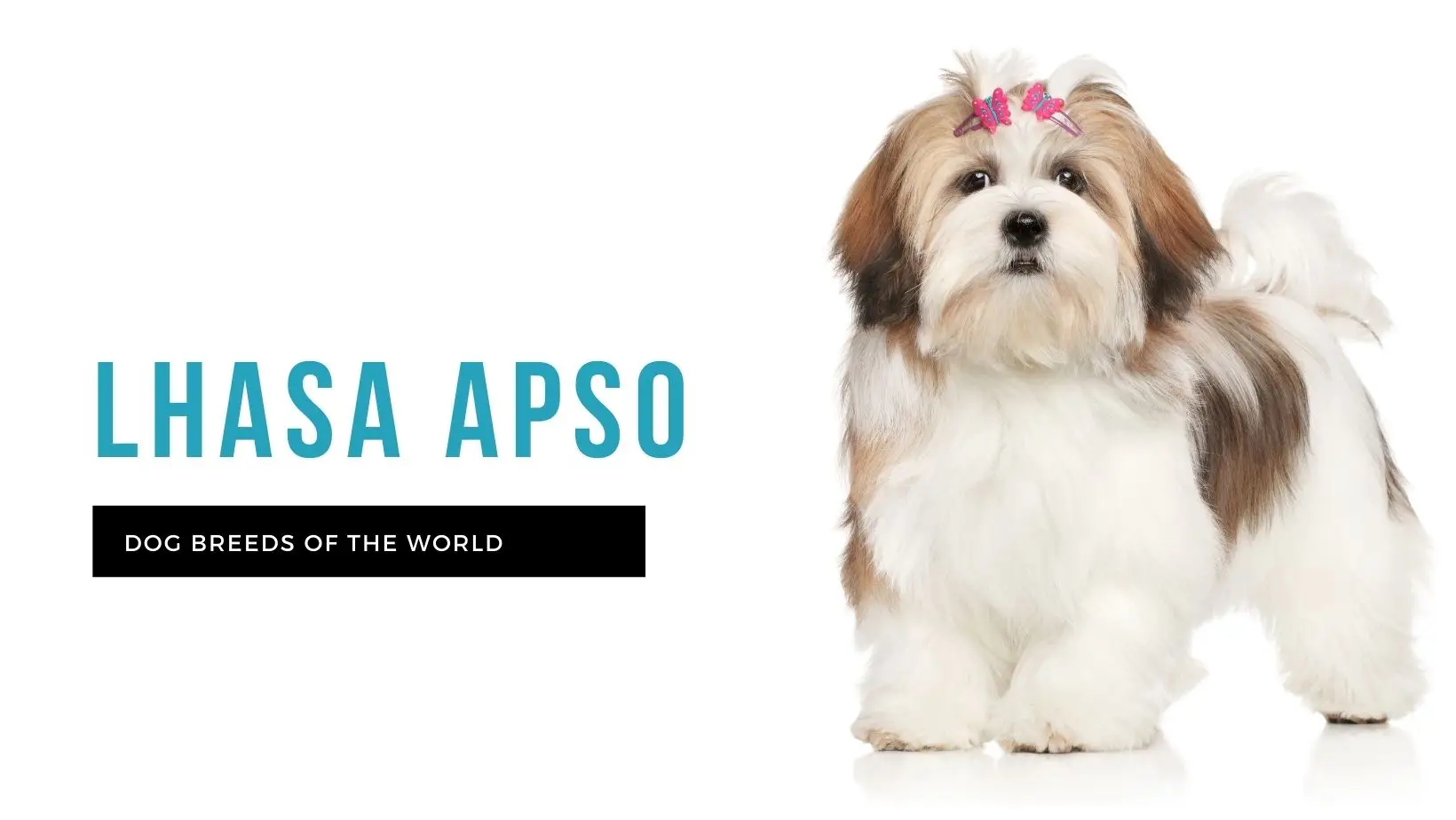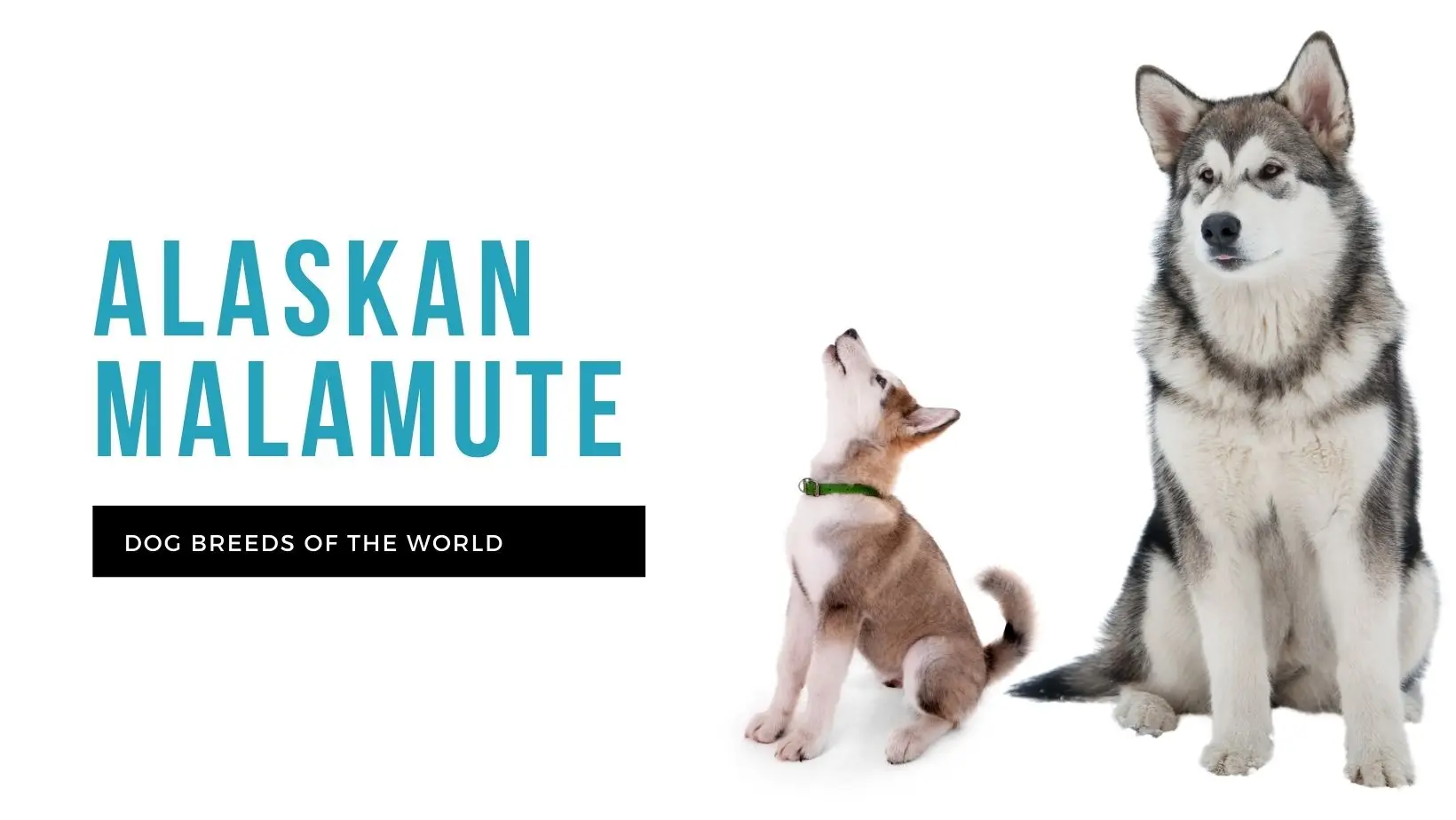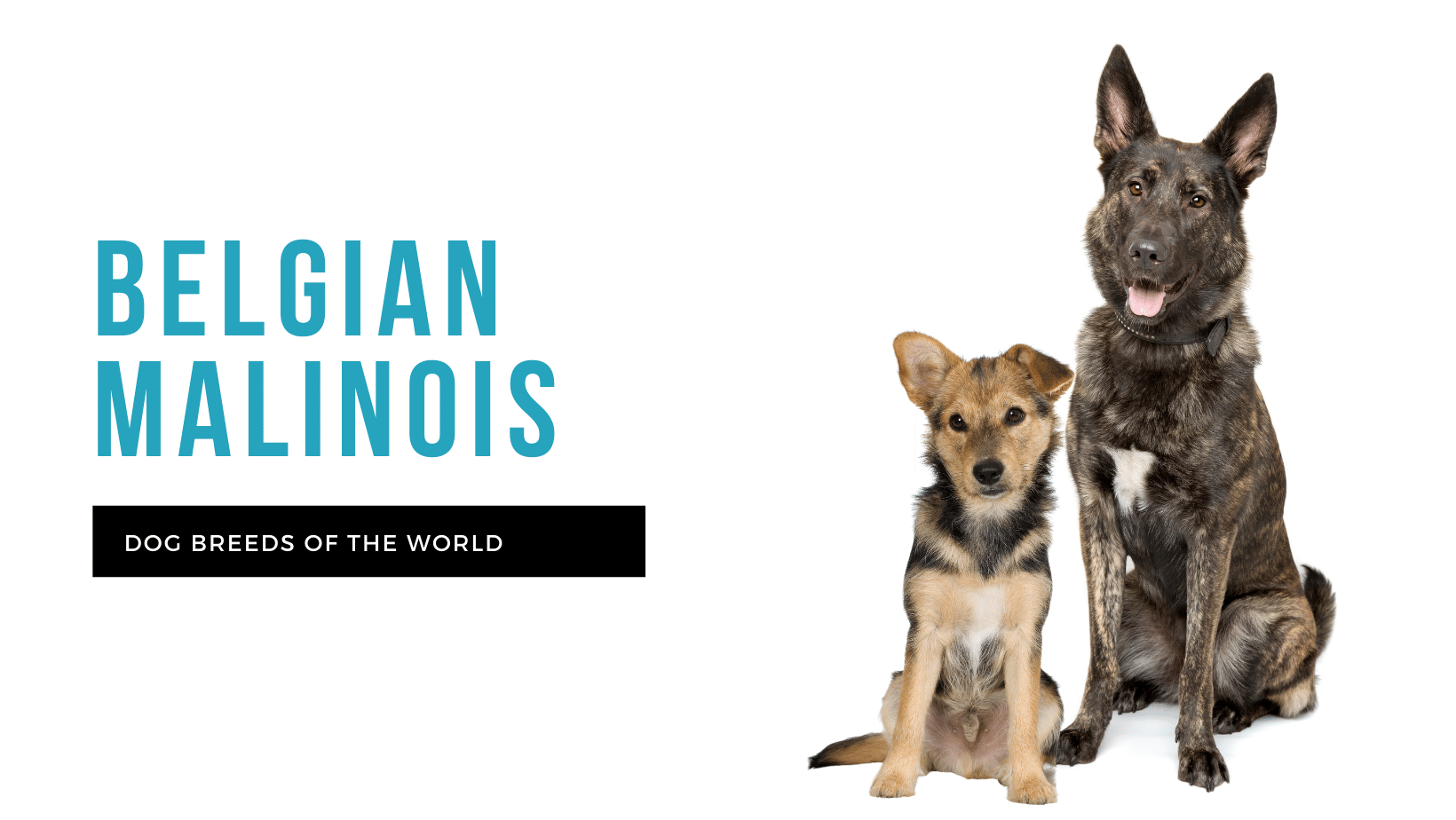🐾 Lhasa Apso: The Ultimate Guide to This Loyal and Loving Companion
The Lhasa Apso is a small but sturdy dog breed with a rich history and distinct personality. Known for their long, flowing coat and regal demeanor, Lhasa Apsos are both charming and independent. These dogs were originally bred to be sentinels in monasteries and royal palaces in Tibet, making them both alert and affectionate companions.
Whether you’re considering adding a Lhasa Apso to your family or are already the proud owner of one, this comprehensive guide will walk you through everything you need to know—from their history and temperament to their care needs, training, and how to choose the right one for you.
📜 Overview of the Lhasa Apso Breed
- Breed Name: Lhasa Apso
- Origin: Tibet
- Group: Non-sporting (AKC)
- Size: Small
- Height: 10–11 inches (25–28 cm)
- Weight: 12–18 pounds (5.4–8.2 kg)
- Lifespan: 12–14 years
- Coat: Long, straight, dense, and flowing
- Colors: Gold, cream, black, white, and more
- Temperament: Affectionate, independent, intelligent, alert
- Good for: Families, apartments, experienced dog owners
🧬 History and Origin of the Lhasa Apso
The Lhasa Apso’s roots trace back thousands of years to Tibet, where they were prized by monks and nobles. They were originally bred to guard palaces and monasteries, serving as both sentinels and companions. Their name, “Lhasa,” comes from the sacred city in Tibet, and “Apso” is derived from the Tibetan word for “goat,” referring to the dog’s resemblance to a goat with its long coat.
Although they were bred to be watchdogs, Lhasa Apsos were revered as loyal, affectionate companions. They are known to be aloof with strangers but deeply attached to their families, making them excellent pets for those who appreciate their independent and reserved nature.
🧠 Personality and Temperament
Lhasa Apsos may be small in size, but their big personalities make them stand out. They are intelligent, alert, and independent dogs that can be a little stubborn at times. While they love their families, they also enjoy having their own space and time to themselves.
Key Traits:
- Loyal and Affectionate: Lhasa Apsos bond closely with their owners, often forming a strong attachment to one person or family.
- Independent: They are known for their independence and may not always be eager to please, making them more suitable for experienced dog owners.
- Alert and Protective: Originally bred as watchdogs, they tend to be vocal and will alert you to any potential intruders, even if it’s just a squirrel in the yard.
- Reserved with Strangers: While affectionate with their family, Lhasa Apsos are typically wary of unfamiliar people and can take time to warm up to strangers.
Training and Socialization
Lhasa Apsos are intelligent, but their independent nature can make them challenging to train. They are not always motivated by food or praise like some other breeds, so patience and consistency are key when training them. Early socialization and positive reinforcement are vital to help them become well-behaved and comfortable around other dogs and people.
🏡 How to Care for a Lhasa Apso
Caring for a Lhasa Apso involves a combination of grooming, exercise, and regular health checks. Though they are relatively low-energy dogs, they still require mental stimulation and physical activity to stay healthy and happy.
1. Grooming and Coat Care
Lhasa Apsos have long, luxurious coats that require regular maintenance to keep them looking their best. Daily brushing is essential to prevent matting and tangles, and occasional baths will help keep their coat clean and shiny.
- Brushing: Brush your Lhasa Apso’s coat daily to prevent tangles and mats. Pay attention to areas around the ears and underbelly where mats are more likely to form.
- Bathing: Bathe your dog every 4–6 weeks or as needed, using a gentle dog shampoo.
- Ear Care: Lhasa Apsos have floppy ears that need to be checked regularly for dirt and wax buildup. Clean them with a damp cloth or a vet-approved ear cleaner.
- Nail Trimming: Trim their nails every 4–6 weeks to prevent them from becoming too long.
2. Exercise Needs
Though they are small, Lhasa Apsos have moderate exercise requirements. They don’t require long runs but do enjoy short walks, playtime, and mental stimulation.
- Walks: Provide a brisk walk once or twice a day.
- Playtime: Engage in interactive play with toys or games like fetch to help burn off excess energy.
- Mental Stimulation: Lhasa Apsos are smart dogs, so they benefit from puzzle toys or training sessions to keep their minds sharp.
3. Health Care
Lhasa Apsos are generally a healthy breed, but they are prone to certain health conditions. Regular veterinary check-ups are essential to catch any potential health issues early.
Common health concerns:
- Hip Dysplasia: A common condition in many small breeds, hip dysplasia can cause discomfort and mobility issues.
- Progressive Retinal Atrophy (PRA): A degenerative eye condition that can lead to blindness.
- Allergies: Like many other breeds, Lhasa Apsos can be prone to skin and food allergies.
- Dental Issues: Regular tooth brushing is important to prevent dental disease.
Ensure you keep up with vaccinations, flea and tick prevention, and regular vet visits.
🐶 How to Train a Lhasa Apso
Training a Lhasa Apso requires patience, consistency, and positive reinforcement. Due to their independent streak, they may not always respond to commands right away, but with the right approach, they can become well-behaved companions.
1. Start Early
Training should begin as early as possible. Socializing your Lhasa Apso during their puppy stage is essential for teaching them how to behave around other dogs, people, and different environments.
2. Use Positive Reinforcement
Lhasa Apsos respond well to positive reinforcement, such as treats, praise, and toys. Avoid harsh punishment, as it can make them more stubborn and potentially fearful.
3. Consistency is Key
Being consistent with commands and training sessions is vital. Lhasa Apsos may not learn a command immediately, but with repetition, they will begin to understand what you want from them.
4. Be Patient
Lhasa Apsos can be a bit stubborn, so it’s important to remain calm and patient during training. If your dog isn’t picking up on a command, try again later or break it down into smaller steps.
🏆 How to Choose a Lhasa Apso
When choosing a Lhasa Apso, it’s important to find a reputable breeder or consider adopting from a shelter. Here are some tips to ensure you pick the right Lhasa Apso for your home:
1. Choose a Reputable Breeder
A responsible breeder will prioritize the health and temperament of their dogs. Ask to see health clearances for the puppy’s parents, including tests for hip dysplasia and eye conditions.
2. Consider Adoption
There are many Lhasa Apsos in shelters looking for loving homes. Adopting from a shelter or rescue group can give a dog a second chance and may be a more affordable option.
3. Temperament
Spend time with the puppy before committing to ensure they have a temperament that matches your lifestyle. Look for signs of socialization and a healthy, happy demeanor.
4. Health History
Request a health record to ensure the puppy has received the proper vaccinations and deworming treatments.
✅ Pros and ❌ Cons of Owning a Lhasa Apso
✅ Pros:
- Affectionate and Loyal: They form strong bonds with their families and are known for their loyalty.
- Low Shedding: Lhasa Apsos shed very little, making them a good choice for people with allergies.
- Great for Small Spaces: Their small size makes them ideal for apartment living.
- Good with Families: While they can be reserved, they are generally good with children and can adapt to family life.
❌ Cons:
- Stubbornness: Lhasa Apsos can be difficult to train due to their independent nature.
- High Maintenance Grooming: Their long coat requires regular grooming and care.
- Reserved with Strangers: They may not always be welcoming to new people, which can lead to territorial behavior if not socialized properly.
- Health Issues: They are prone to some hereditary health conditions, such as hip dysplasia and eye problems.
💰 Price and Cost of Ownership
Price of a Lhasa Apso Puppy
- Pet Quality: $500 – $1,500
- Show Quality: $1,500 – $3,000
- Rescue or Adoption: $50 – $200 (adoption fees)
Annual Costs
| Expense | Estimated Cost (USD) |
|---|---|
| Food | $300 – $600 |
| Vet Visits & Medications | $200 – $400 |
| Grooming & Supplies | $300 – $500 |
| Training & Socialization | $200 – $500 |
| Total Yearly Cost | $1,000 – $2,000 |
Over the course of their life, you can expect to spend $10,000 – $20,000 on a Lhasa Apso, depending on the level of care and attention they require.
👨👩👧👦 Is the Lhasa Apso the Right Dog for You?
Lhasa Apsos are a wonderful breed for experienced dog owners who are looking for an affectionate, loyal companion. They are ideal for apartment living due to their small size but require a lot of attention in terms of grooming and training. If you’re ready for the commitment, a Lhasa Apso can make a loving addition to your home.
If you have the time to devote to grooming, training, and socializing, and you enjoy a dog with a big personality in a small package, then a Lhasa Apso may be the perfect choice for you!




